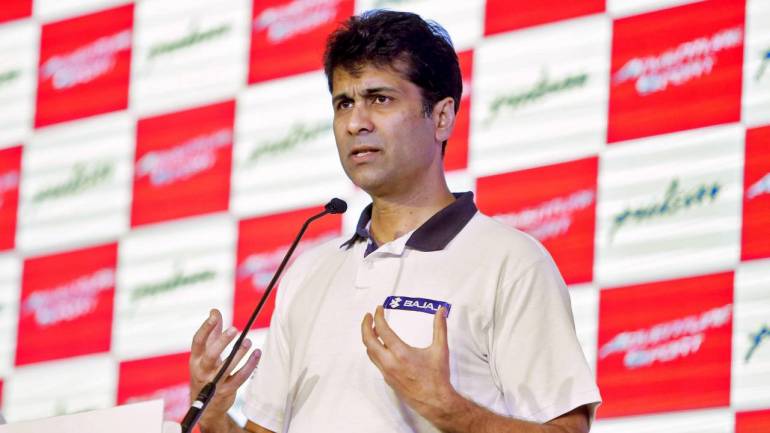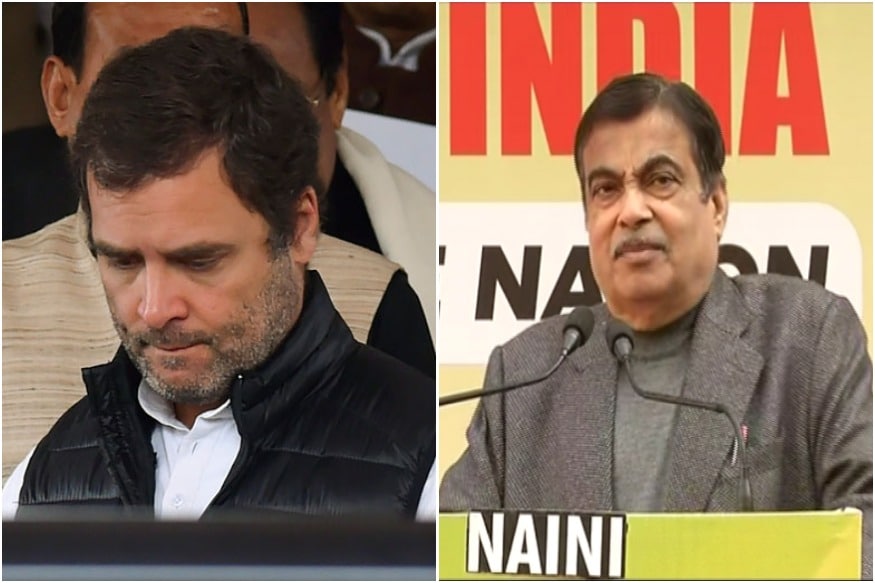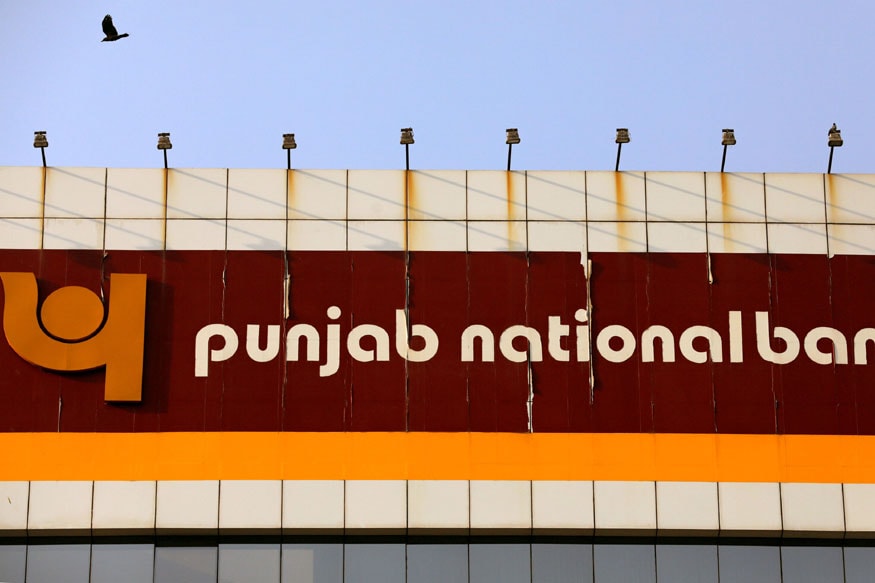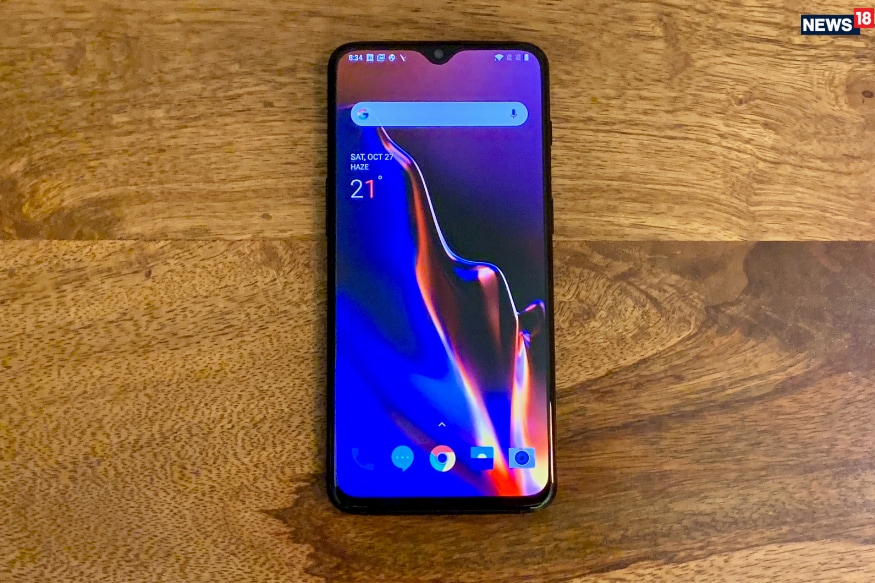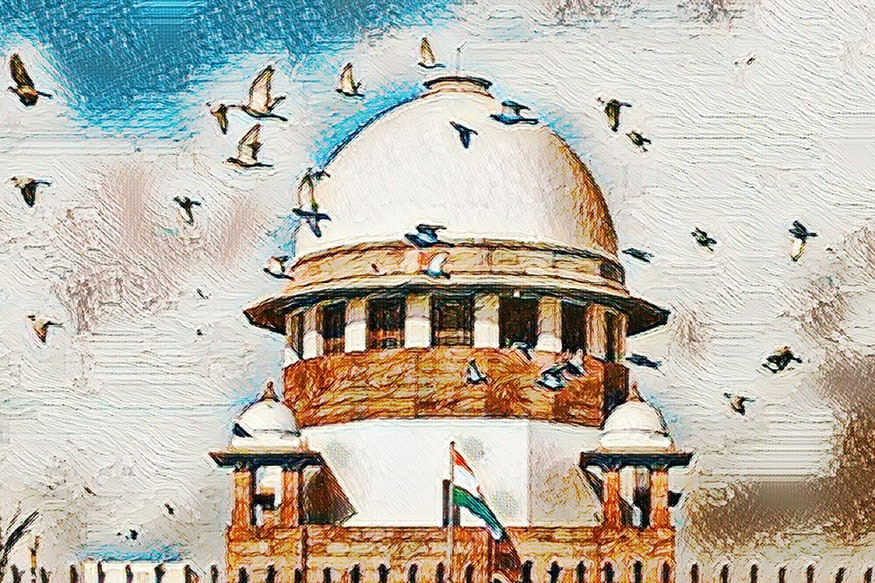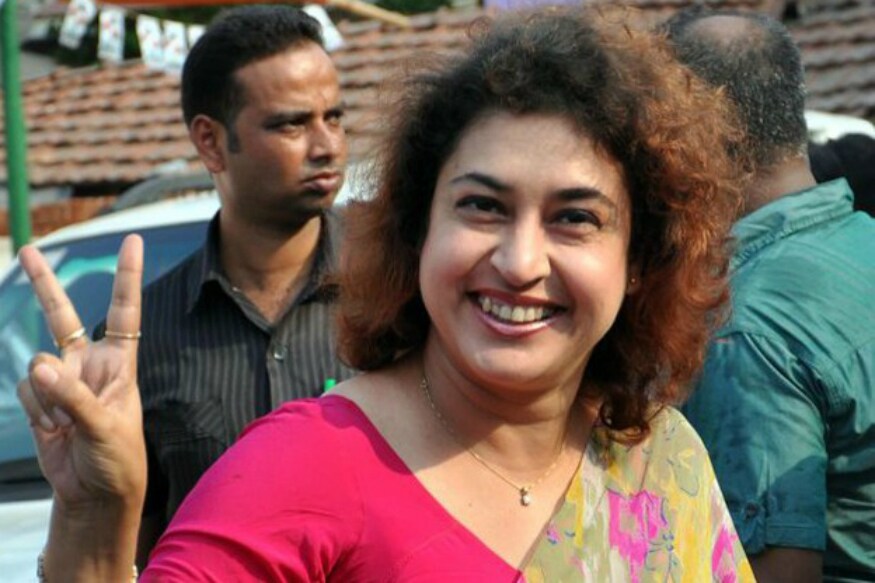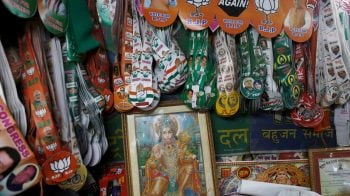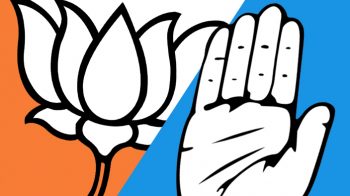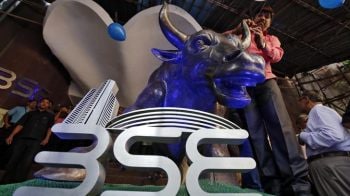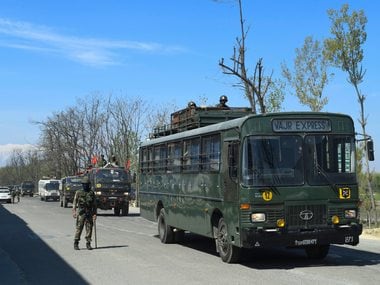FAME-II scheme overlooks the issue of lack of demand for such green vehicles, says Bajaj
Voices of disagreement over government’s incentive plan for electric vehicles have started to surface from the automotive industry.
Rajiv Bajaj, Managing Director, Bajaj Auto, said FAME-II (Faster Adoption and Manufacturing of Electric and Hybrid Vehicles) scheme overlooks the issue of lack of demand for such green vehicles.
“The scheme for incentivising electric vehicles (EV) under FAME II isn’t optimal as it glosses over the fundamental issue of demand generation,” Bajaj told Business Standard.
In February, the Cabinet announced the Rs 10,000-crore FAME-II to promote electric and hybrid vehicles. It provides subsidy to such cars priced below Rs 15 lakh, subject to battery power and range of the vehicle. However, the scheme does not offer any incentives to personal car buyers.
To avail incentives, vehicle manufacturers will have to ensure that half of the content of the electric or hybrid car is procured within the country. It is this rider that has upset the apple cart of vehicle manufacturers.
“If the vehicle is priced for profitability, there will be no demand. If it’s priced for strong demand, it’s suicidal for the manufacturer. It will help if the scheme or the government’s policy is aimed at mitigating this conflict,” the article quoted Bajaj as saying.
Bajaj Auto, which is India’s third biggest two-wheeler manufacturer, was busy clearing the decks for launching its first electric vehicle later in the year, a battery-powered three wheeler. An electric scooter was to follow later.
Under FAME–I, the incentive for lithium ion-powered two-wheelers stood at Rs 17,000-22,000. FAME-II has linked the demand incentive to the size of the battery, with the government providing Rs 10,000 per kWh used by electric two-wheelers.
“As the average size of a lithium ion battery in electric scooters sold during FAME-I was about 1.5 kWh (average subsidy of about Rs 15,000 per vehicle), it reduced the average subsidy per vehicle by Rs 2,000 to Rs 7,000 under FAME-II,” Crisil Ratings said.
Crisil stated that the requirement of a high percentage of localisation in manufacturing under FAME II will prove to be a hurdle for many original equipment manufacturers. “Going forward, upgradation of products and localisation will increase the costs for e-scooters, which could hurt demand,” it said.
Bajaj Auto said he supported a phase-wise expansion in production of electric vehicles, which requires setting aside a small percentage of production of such vehicles, starting with two percent.
“It can be two percent in 2020, five per cent in 2021, and 10 percent in 2022. This will help manufacturers to learn, consumers to mature, infrastructure to come up, and there will be confidence among all stakeholders,” Bajaj added.








